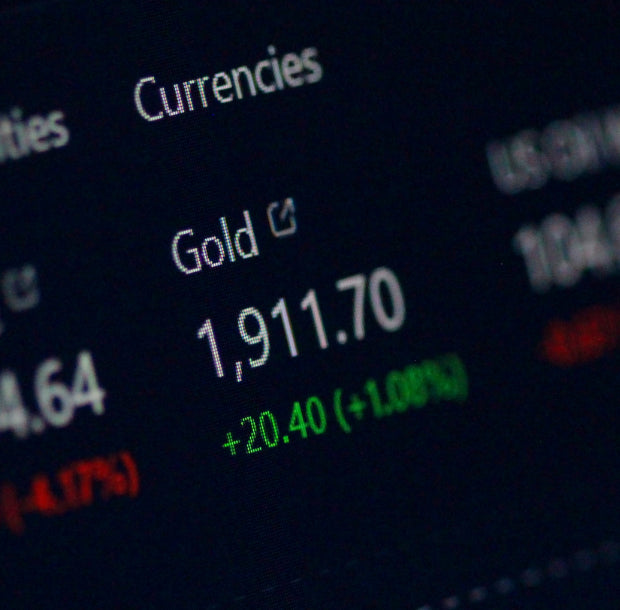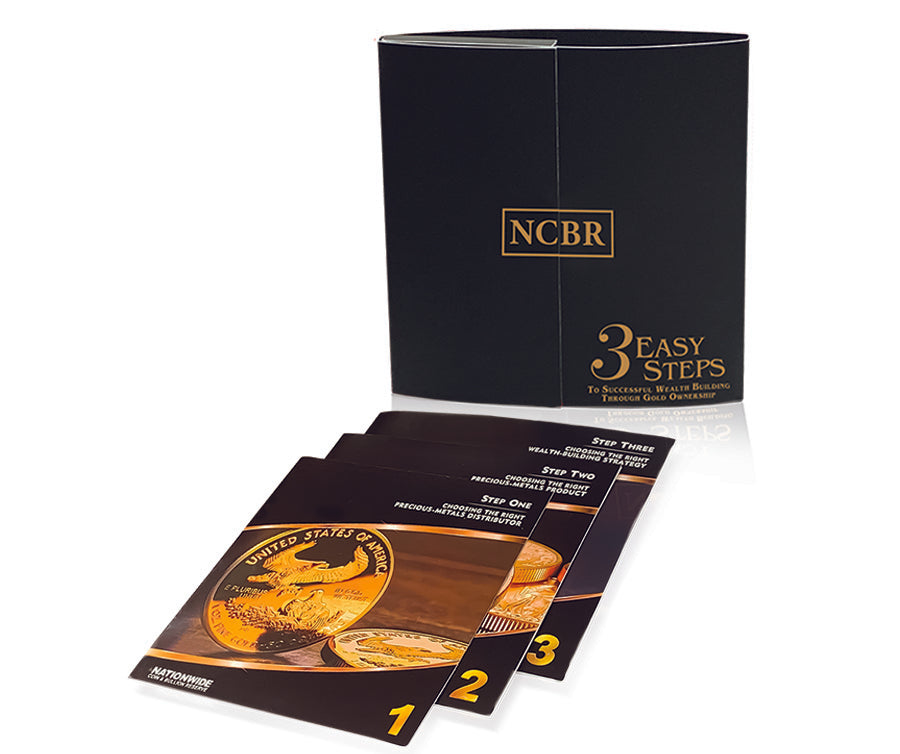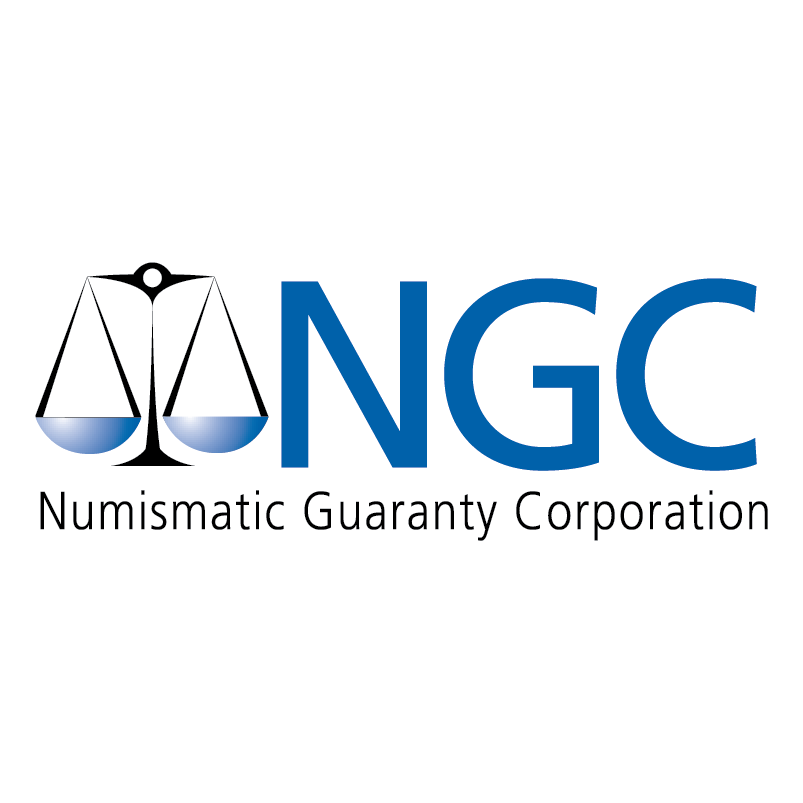“Our job was to do whatever it takes to make money,” testified John Edmonds, a former precious metals trader at JP Morgan Chase who pled guilty to commodities fraud and conspiracy charges and is now testifying against his former colleagues. “Everyone at the time did it on the desk and it worked,” he said.
For years, JP Morgan Chase has dominated trading in precious metals futures. The bank in 2020 paid $920 million to settle federal charges that it had manipulated the futures markets in precious metals, as well as Treasury securities, from 2008 through 2016 by so-called “spoofing”— placing large orders to buy or sell, creating the illusion of buying or selling interest, and then quickly canceling the orders. The bogus orders would push the market up or down, allowing the bank’s traders or its clients to profit from short-term price movements.
JP Morgan Chase’s settlement and individual guilty pleas in the case have exposed the potential dangers for individual investors who attempt to trade in and out of futures contracts.
On trial in Chicago are the longtime former head of JP Morgan Chase’s trading desk, Michael Nowak, gold trader Gregg Smith, and hedge fund salesman Jeffrey Ruffo.
“This was an open strategy on the desk,” testified, Christian Trunz, a former JP Morgan Chase trader who pled guilty to market manipulation. “It wasn’t hidden.”
Corey Flaum, another former gold and silver trader cooperating with prosecutors testified, “Nobody ever said boo about doing it. No one ever said it was legal or illegal. It was common practice.”
Real Time Precious Metals Data Below







